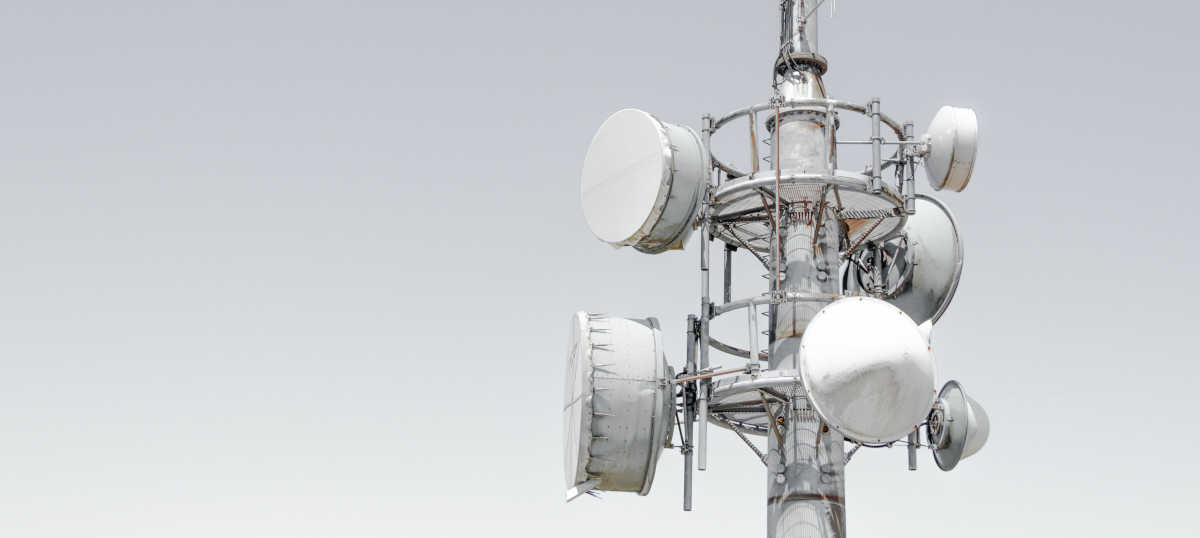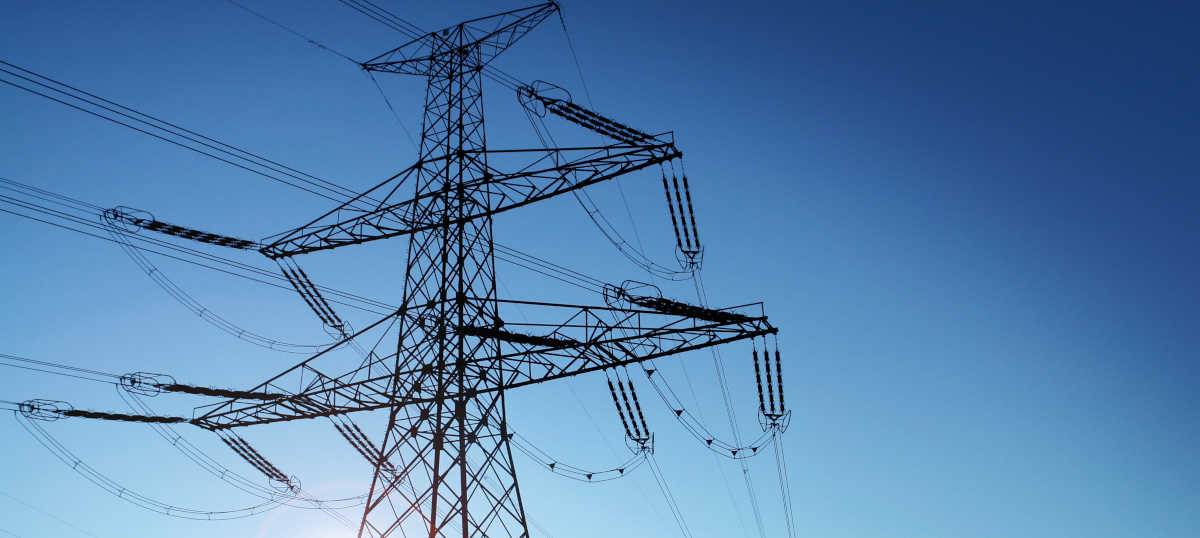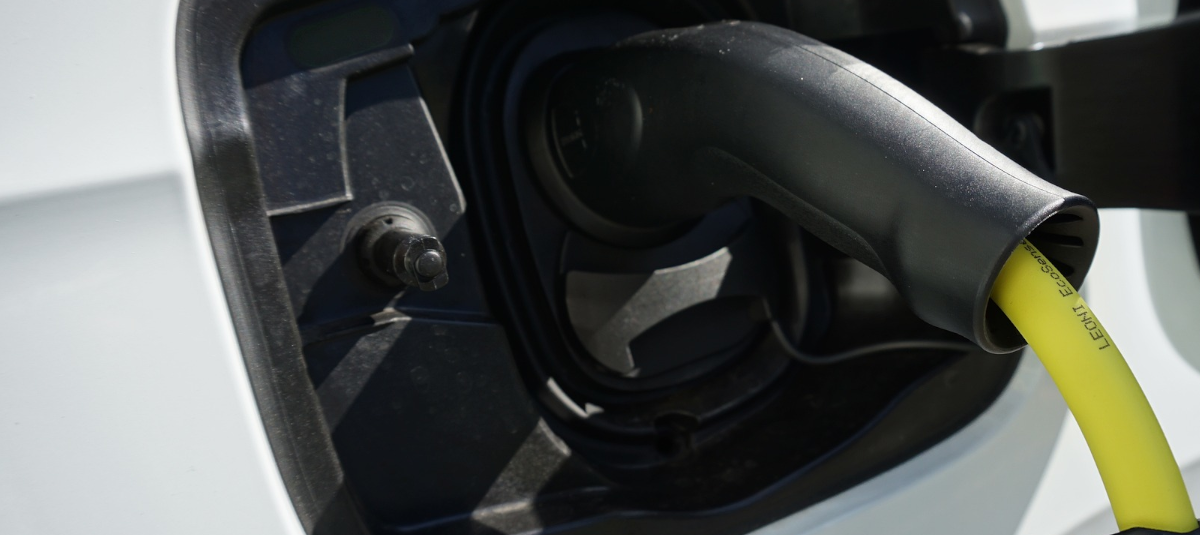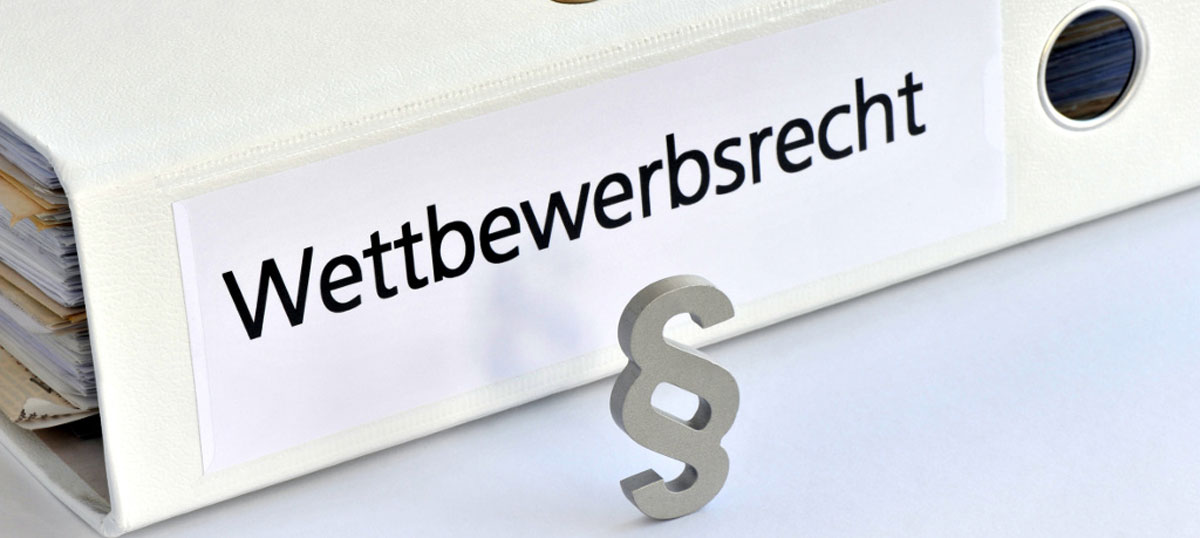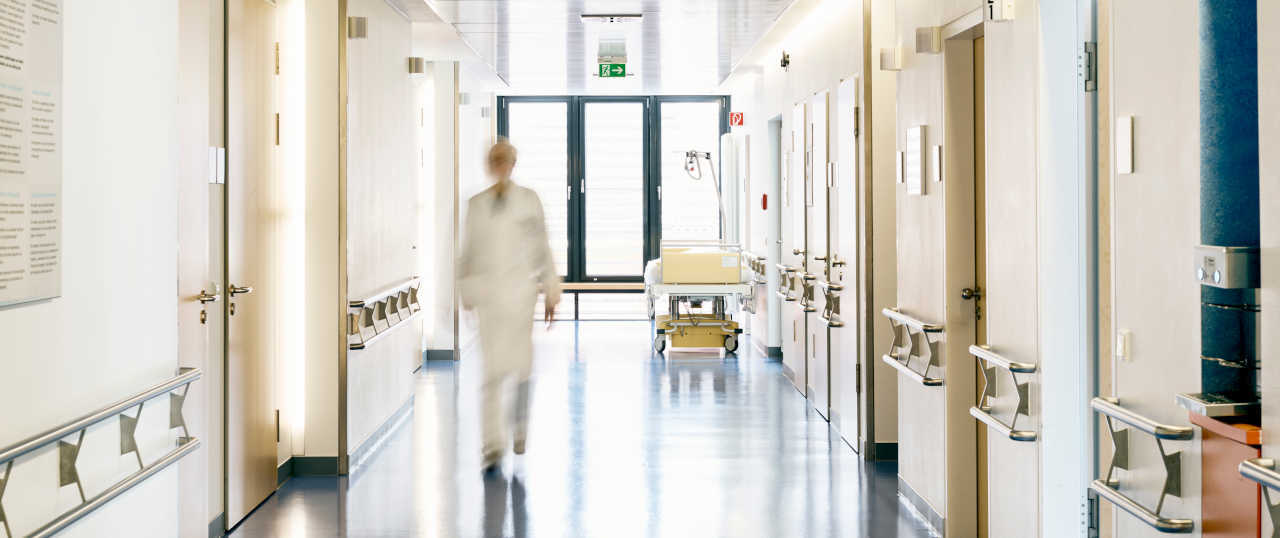Biennial Report XXII of the Monopolies Commission under § 44(1) ARC, 3 July 2018
Every two years, the Monopolies Commission has the task under Sec. 44 Para. 1 first sentence ARC to examine the state and development of concentration among companies in the Federal Republic of Germany. Since the beginning of its reporting, it has identified the 100 largest companies in Germany as part of its statutory mandate in order to assess aggregate, i.e. cross-sectoral, macroeconomic concentration. The share of the 100 largest companies in overall economic value added is used as an indicator for the level of aggregate concentration. In the reporting year 2016, this share was 14.9 percent, 0.7 percentage points lower than in 2014. The downward trend tendency since the beginning of reporting has thus continued in the current reporting period. Other indicators also point to a decrease in aggregate concentration. With regard to the links between the 100 largest companies for the reporting year 2016, a continuing downward trend can be noted. This is reflected in a decrease in the number of companies that were affiliated with at least one other company through capital shares to 32 companies (as against 38 in the reporting year 2014). The number of links of companies via members of the management board has also declined significantly from 45 connections in 2014 to only 34 connections in 2016.
Concentration reporting has been supplemented in this Report by two further aspects with a current relevance. In the first place, in the USA a long-term increase in concentration among companies and market power has been observed and a corresponding need for action in terms of competition policy is being discussed. In order to analyse the transferability of this observation to Germany and Europe, the Monopolies Commission has, among other things, evaluated concentration statistics and determined company-specific price mark-ups. The development of concentration in Germany does not show an upward trend, as is the case in the USA. However, in contrast to the relatively constant development of concentration, the average price mark-up in Germany has risen since 2013. In 2015, it was at a higher level than before the economic and financial crisis in 2007. However, the picture for Germany differs significantly from that for the USA, where a – much stronger – increase in price mark-ups can be observed, particularly in the sectors where price mark-ups are already high.
In addition, the possibility is being discussed that indirect corporate links via institutional investors may have anti-competitive effects. The Monopolies Commission has addressed this issue again and still sees a significant potential for problems. The reason for this is that indirect corporate links within a market via joint institutional investors can impede the intensity of competition between competitors by facilitating coordinated behaviour or can make competitors avoid intensive competition unilaterally. However, the Monopolies Commission considers it premature at this moment to take far-reaching measures of (competition) law or regulation. But the Monopolies Commission does welcome the announcement by the European Commission’s Directorate-General for Competition to address the issue in more detail. Also, the effort of taking the possible effects of indirect horizontal links into account within the framework of the merger control review of proposed mergers, which is already under way, is to be noted positively.
Overall, the Monopolies Commission does not see a worrying trend in the concentration of companies in Germany. In particular, the indicators of concentration examined remain stable or show a downward trend. This impression that the competitive intensity in the Federal Republic of Germany remains stable is restricted only by the observed increases in price mark-ups and corporate links via indirect minority shareholdings. Such increases will be monitored closely in the future.
Downloads:
- Stand und Entwicklung der Unternehmenskonzentration in Deutschland (Full chapter of the XXII. Biennial Report in German language)
- Trends in indicators of market power in Germany and Europe (Excerpt from Chapter II of the XXII. Biennial Report)
- Common ownership (Excerpt from Chapter II of the XXII. Biennial Report)


